Best of British - 10 tech highlights from Hope, Reynolds, Brooks, and more
We mark the Queen's Jubilee by celebrating Britain's best bike brands
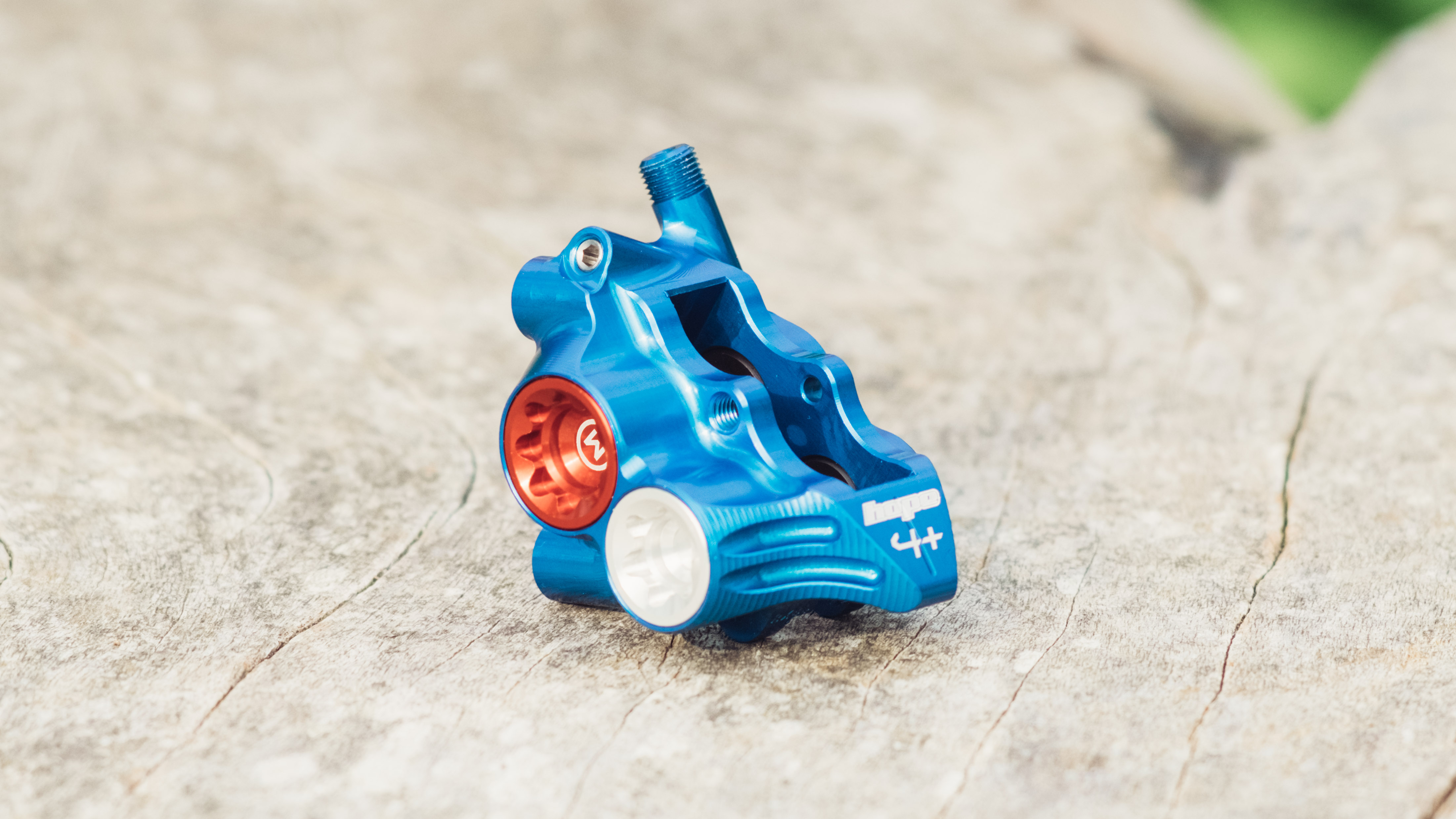
Here in the UK, we're in the midst of a four-day weekend to celebrate the Queen's platinum jubilee, so for this week's Cyclingnews Musette, we've put together a bumper edition of British tech; we all know the Queen is a fan of corgis and horse racing, but here's hoping she's also really into CNC-machined brake calipers, handmade steel bikes, and incredibly luxurious cranksets.
All of the gear on show this week is from British brands. Some have been producing long before the Queen's coronation in 1953, while others are decidedly more modern. In all cases though, they highlight that despite being a pretty small island, constantly battered by wind and rain in the north Atlantic, we've got a boatload of bicycle heritage with brands to continue that on for another 70 years.
Crack out the bunting, raise a glass of Pimms, have a cream tea in the rain, and wrap your eyes around some of the best of what Britain has to offer.
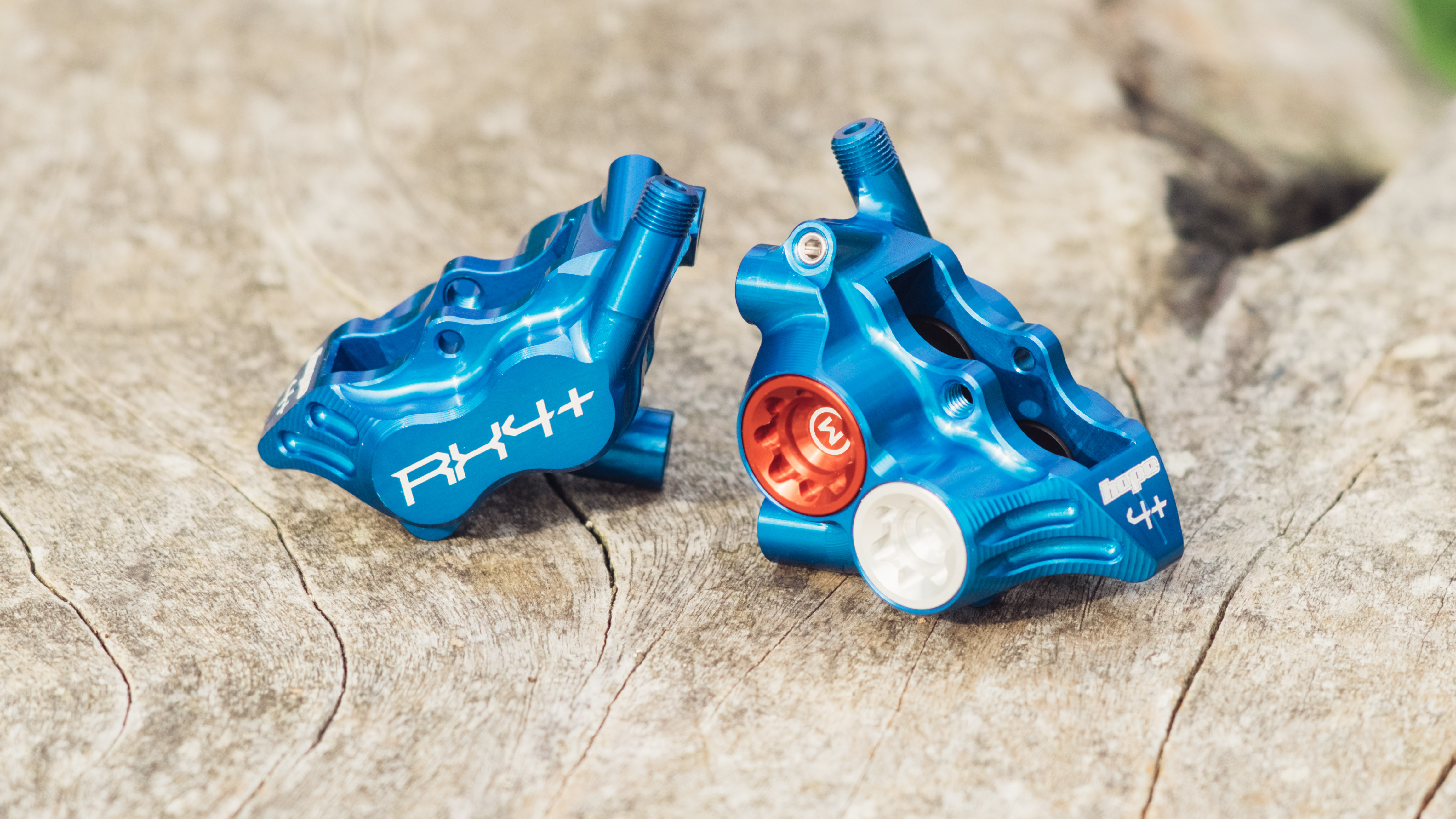
Hope RX4 calipers
Nestled just beneath the Yorkshire Dales, Hope has been making disc brakes since 1989. The founders, with a background in both aerospace and motorcycle trials, set about trying to improve upon the cantilever options of the day, and officially became Hope Technology in 1991.
Fast forward a good few years and the company is now producing everything from brakes, hubs, and pedals to cranksets, headsets, and stems. Recently they've levelled up into complete bikes, and collaborated with Lotus to create perhaps the most space age looking track bike since the original Lotus.
Given the company started with brakes it seemed fitting to showcase these Jubilee-Edition red, white, and blue RX4+ calipers. As with almost everything Hope produces, they're beautifully CNC machined and then anodized for a durable finish.
The RX4+ is Hope's road and gravel caliper, but differs from the norm by offering a dual-piston design rather than a single-piston as is standard on something like an Ultegra calliper. The body is machined from a single block of aluminium, resulting in, Hope claims, a stiffer calliper and a subsequent improvement in power and modulation. They're compatible with Shimano and SRAM drop-bar brakes, with handy etching to denote Dot or Mineral oil.
Get The Leadout Newsletter
The latest race content, interviews, features, reviews and expert buying guides, direct to your inbox!
Flat or post mount, and available in a choice of six colours, so you should be able to find something to match your bike even if these specific Jubilee editions aren't available off the peg. If you do want to go wild you can order different coloured bore caps for around £10 each and either pay homage to Her Majesty yourself, or choose your own adventure.
Each one will set you back £100/$126.50, and ships with a pair of brake pad options, bleed kit and mounting hardware.
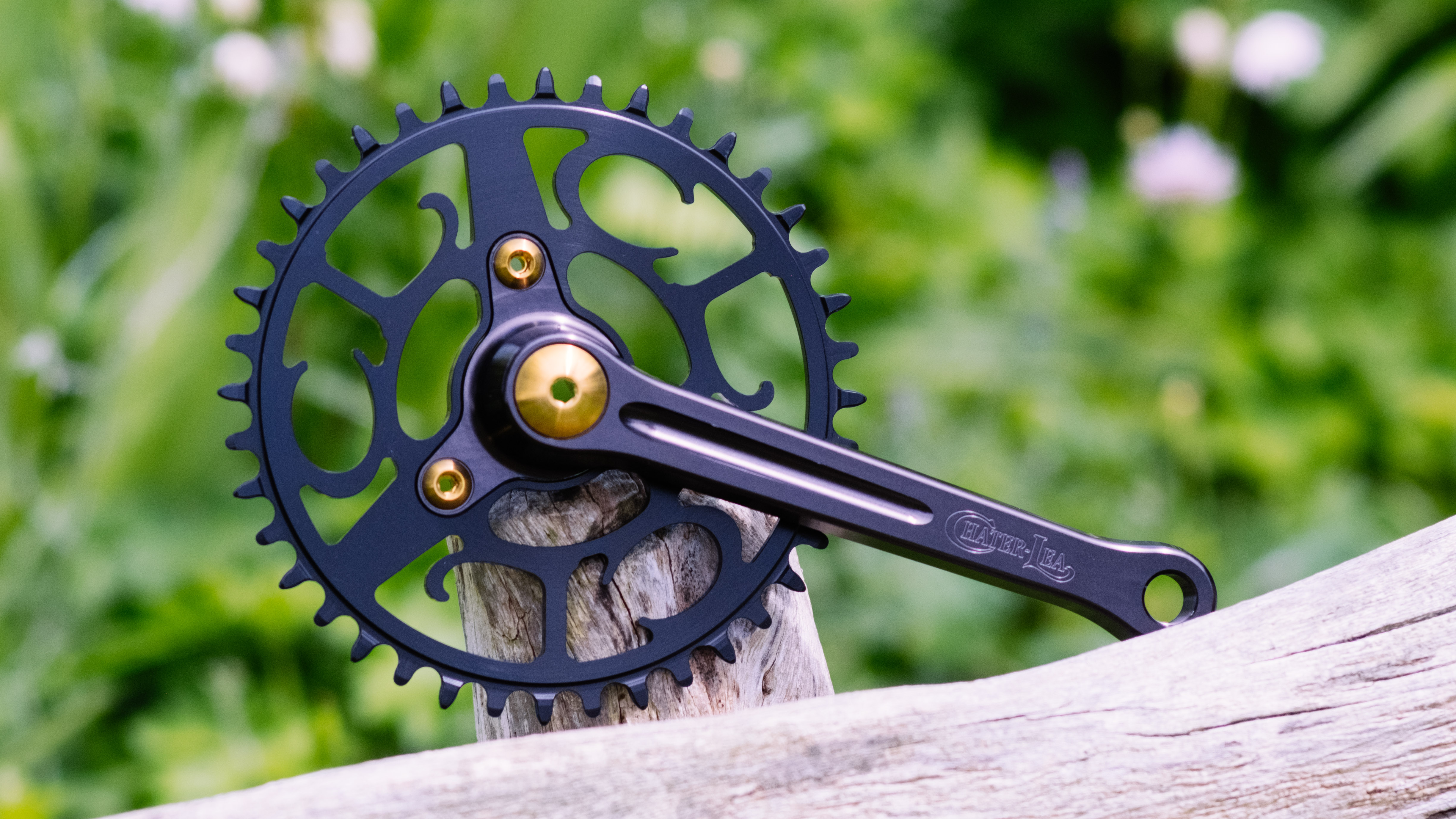
Chater-Lea Cranks, Pedals, and Whistle
Established in 1890, Chater-Lea is the second oldest company featured here, only pipped by Brooks by a couple of decades. For a long time, Britain led the world in bicycle manufacture, and Chater-Lea has been providing expertly engineered components for leisure cyclists for a long time. You can still find vintage models for sale from the brand from just about every decade.
Chater-Lea is well and truly catering to what it calls the 'leisure cyclist'. There's no carbon fibre anywhere to be seen. Instead, you get stainless steel and machined aluminium. Strong, dependable, corrosion-resistant. The cranks are square taper, and feature thicker chainrings than you'd find on vintage models for better power transfer, as well as pins and teeth to aid shifting, or you can opt for a 1x setup with narrow-wide teeth as we've got here.
Sure, they might look a little out of place on a Pinarello Dogma (not least because finding a press-fit square taper BB might be a struggle), but on the right bike they'll sing. They're available either in silver or black depending on your preference, and ship with a little tin of copper grease for a seize-free removal when the time comes to take them off.
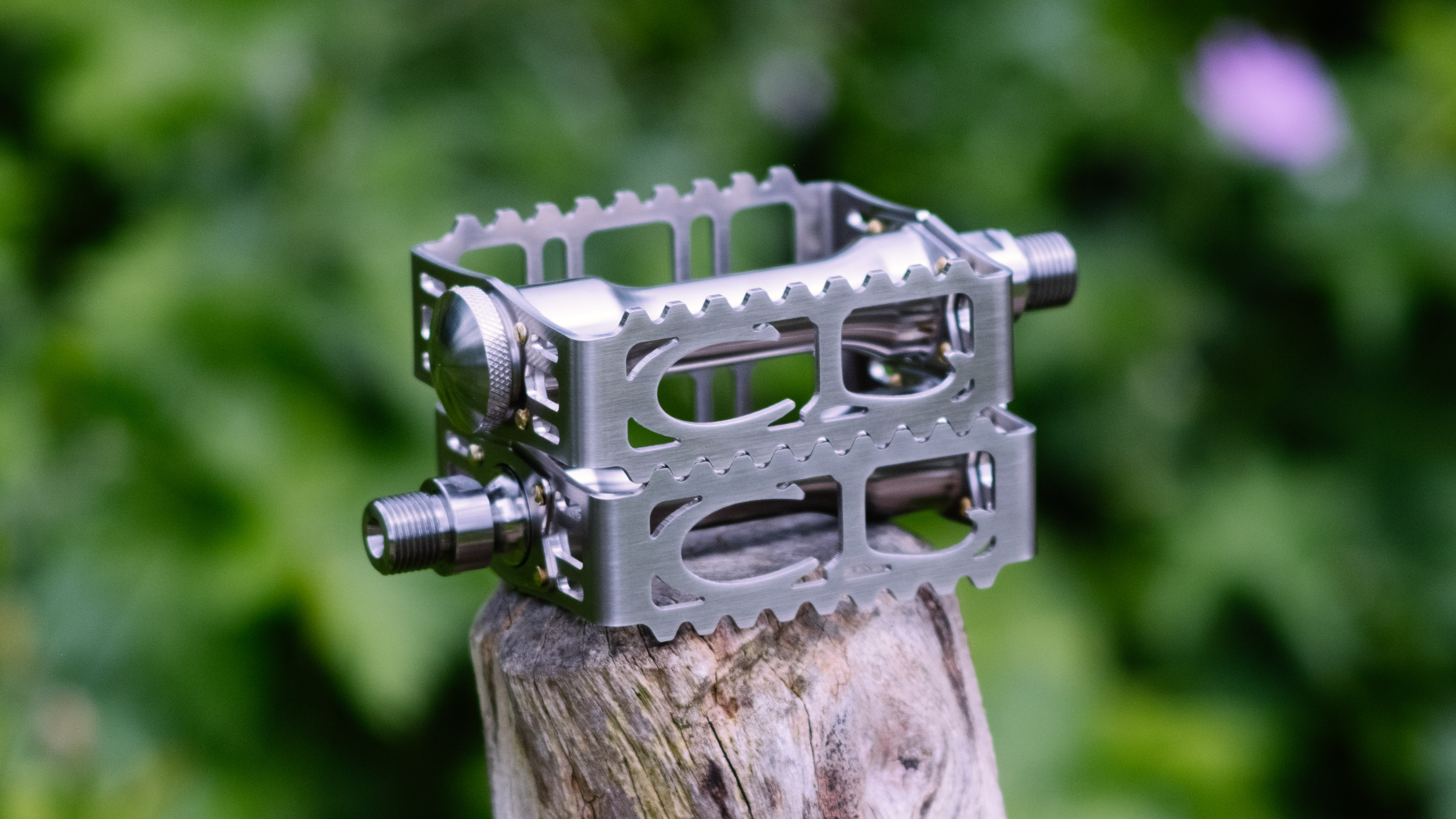
Likewise the Grand Tour pedals appear a bit of a throwback, but are a study in engineering. They're not going to grip like a set of modern flats, but that doesn't really matter if you're going to be running toe-clips anyway, which these are designed to accommodate. The body and cage are both beautifully made, and the serviceable, chrome steel open bearings spin pretty sensationally with a coating of marine grease. They even ship with a pair of tins with spare bearings, along with a little cleaning scourer-sponge to keep them running smoothly long after you've passed them onto the grandkids.
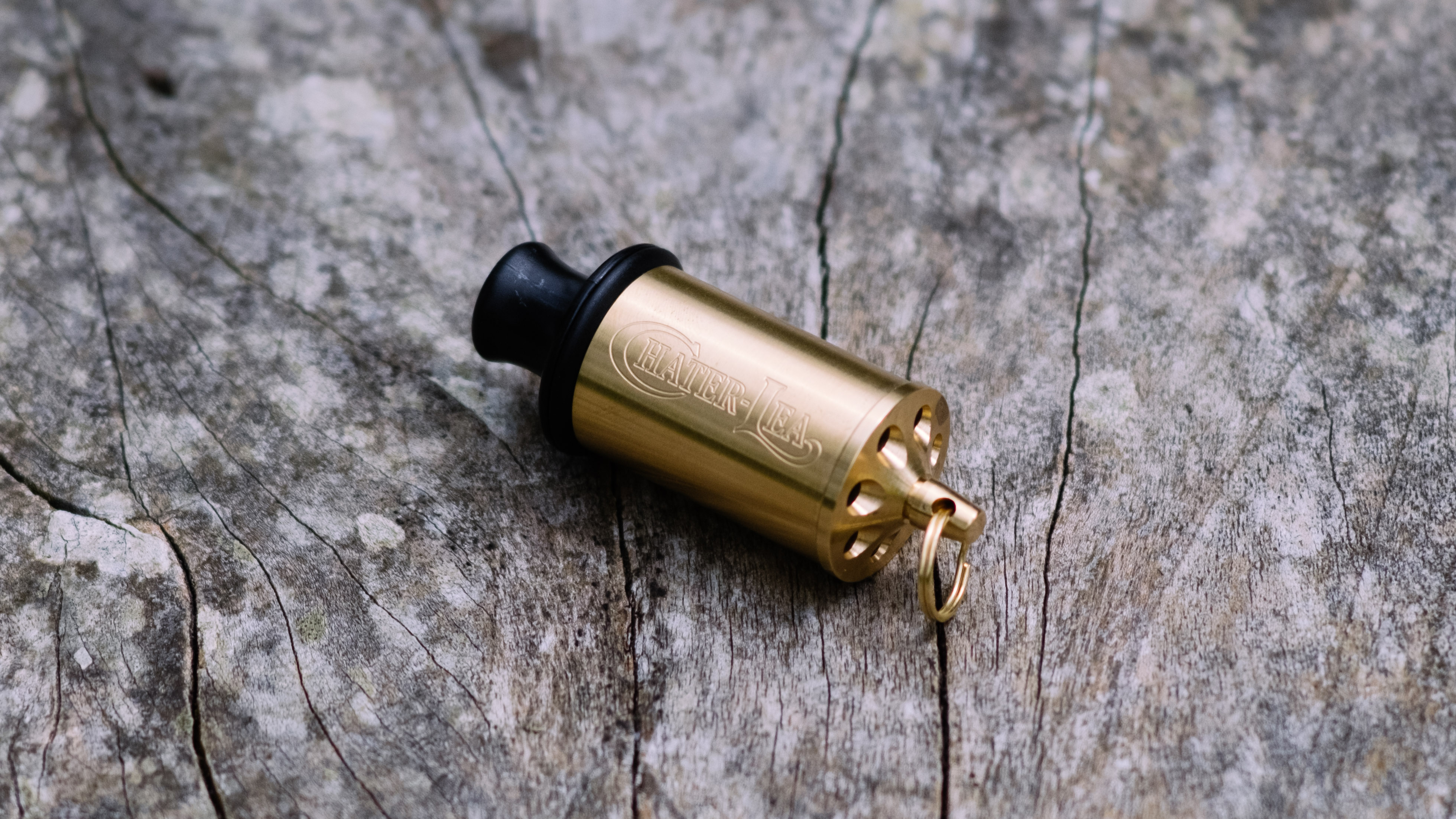
Chater-Lea was also kind enough to send me one of its brass 'Road Clearer' siren whistles, which I was a little dubious about until I put it to my lips and blew. The sound it produces is so charming it's almost comical, and so loud as to genuinely be a viable bike horn for commuting. It's based on the ACME Siren, which has been around since 1880, but housed instead in branded brass, so as to pick up that all important patina with time and use.

Another thing to shout about is that, as with Hope gear, both the Grand Tour Pedals and Grand Tour Double Crankset are manufactured as well as designed in the UK. For more information head to the Chater-Lea website, where you can also take a look at the pricing; this is premium gear, make no mistake. The cranks we have will set you back £540, the pedals £250, and the whistle £49.
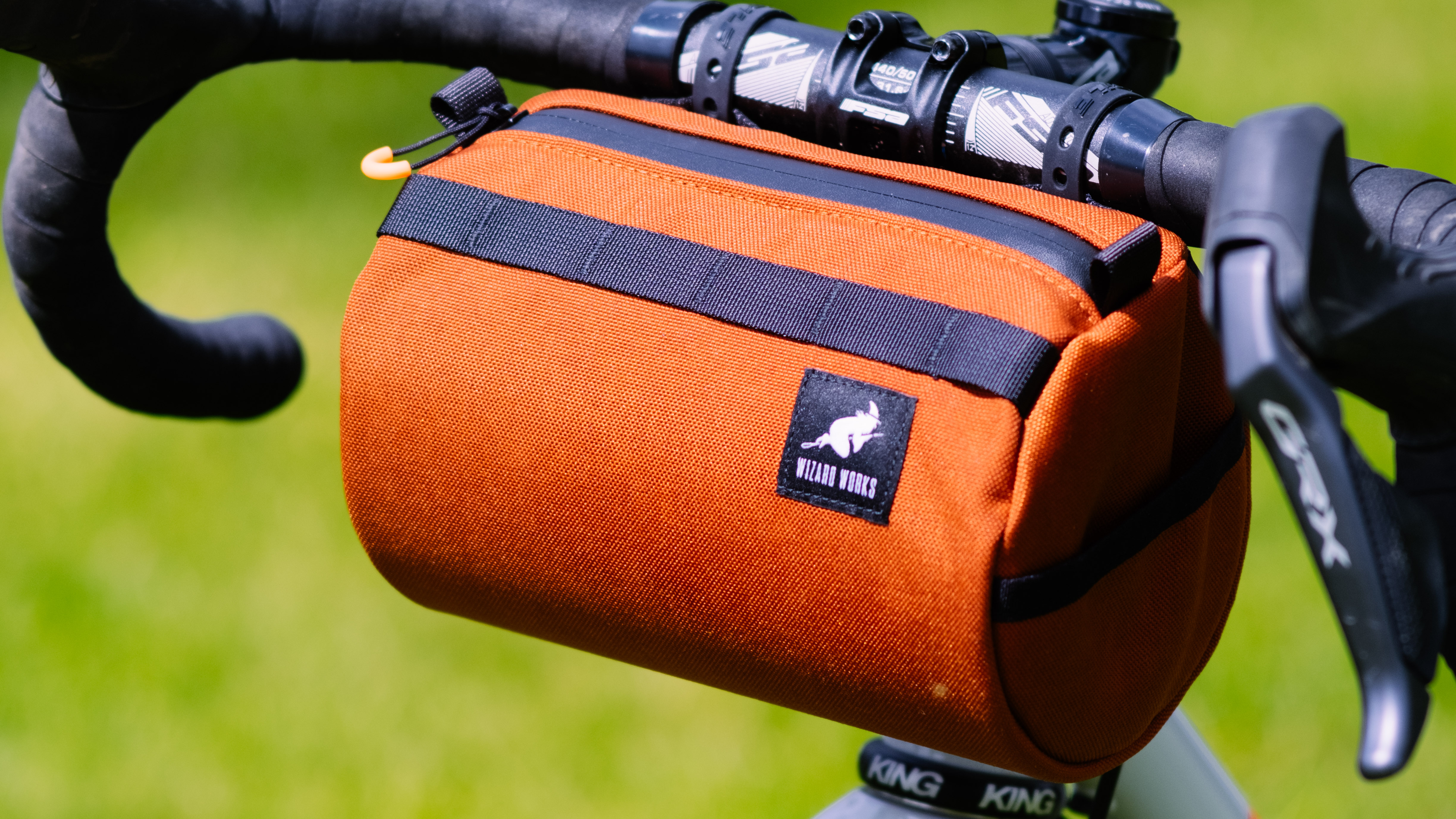
Wizard Works Lil' Presto
Britain seems to make a habit of producing cottage industry success stories. Men and women in sheds doing things for the love, or to solve a problem that isn't being solved elsewhere. Wizard Works is the product of Harry and Veronica, who started producing their own bike bags in 2016 after a series of bike tours across the globe.
Having originally set up in New Zealand as a two-person operation (this gets a free pass - thanks The Commonwealth), you can now find them in their second proper studio in London as a close-knit team of five producing saddlebags, bar bags, frame bags, snack portage for the stem, and custom options, too.
Bikepacking bags do have a habit of being slightly plain in appearance, with some brands offering you the choice of black or a slightly darker black. While you can still opt for a stealthy option from Wizard Works you're also able to go bold with some splatter fabric, or camouflage so you can lose your bags in the jungle.
Being such a small operation, it's able to pivot rapidly. Having made a name for itself over the last few years there is an increasing focus on sustainability that was previously out of reach; recycled fabrics often have prohibitive minimum order quantities for smaller brands, but there are now recycled fabric options baked into the designs on offer.
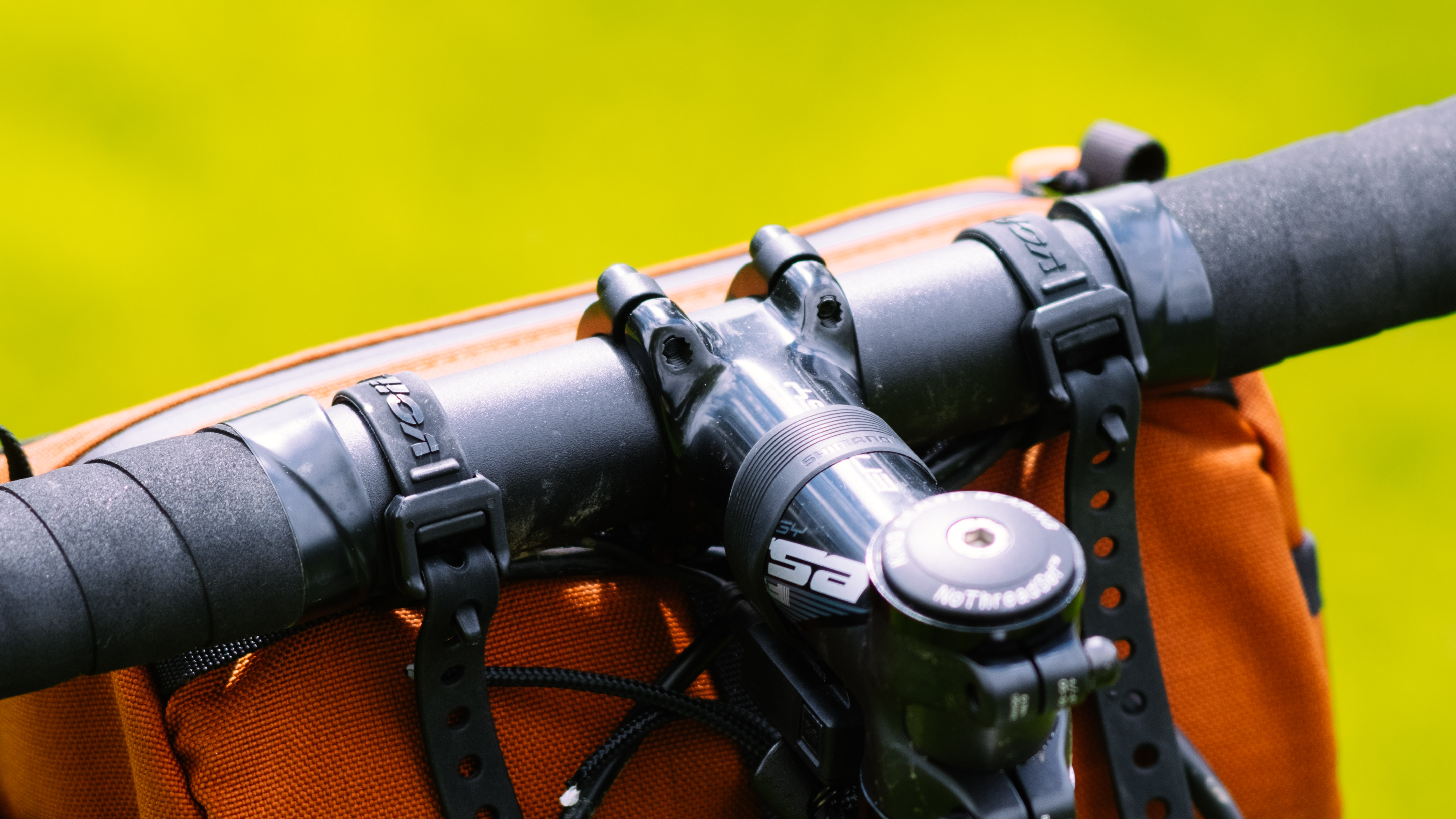
What we've got here is the charming Lil' Presto barrel bag, which we've already reviewed and found it to be one of the best bar bags we've come across, but this time in Rust to match the orange logos of my Fairlight long term test bike.
The capacity of 2.5L is enough to store a waterproof, camera, snacks, or a full cream tea if that's your thing. The stiff HDPE liner ensures the barrel keeps its shape even when empty, and the included Voile Nano straps are just as good at mounting the bag to the bars as they are to the saddle loops of a Brooks. What's more, the materials and Aquaguard zip serve to keep the insides protected from the elements.
A final bonus is that you get to find out what the team were listening to while making your particular bag: In this case, disco. It does nothing for performance, but it's a reminder that some things are still made by people, by hand.
If you want one of these to pack your cucumber sandwiches into, it'll cost you £65. Head to Wizard Works to find out more.
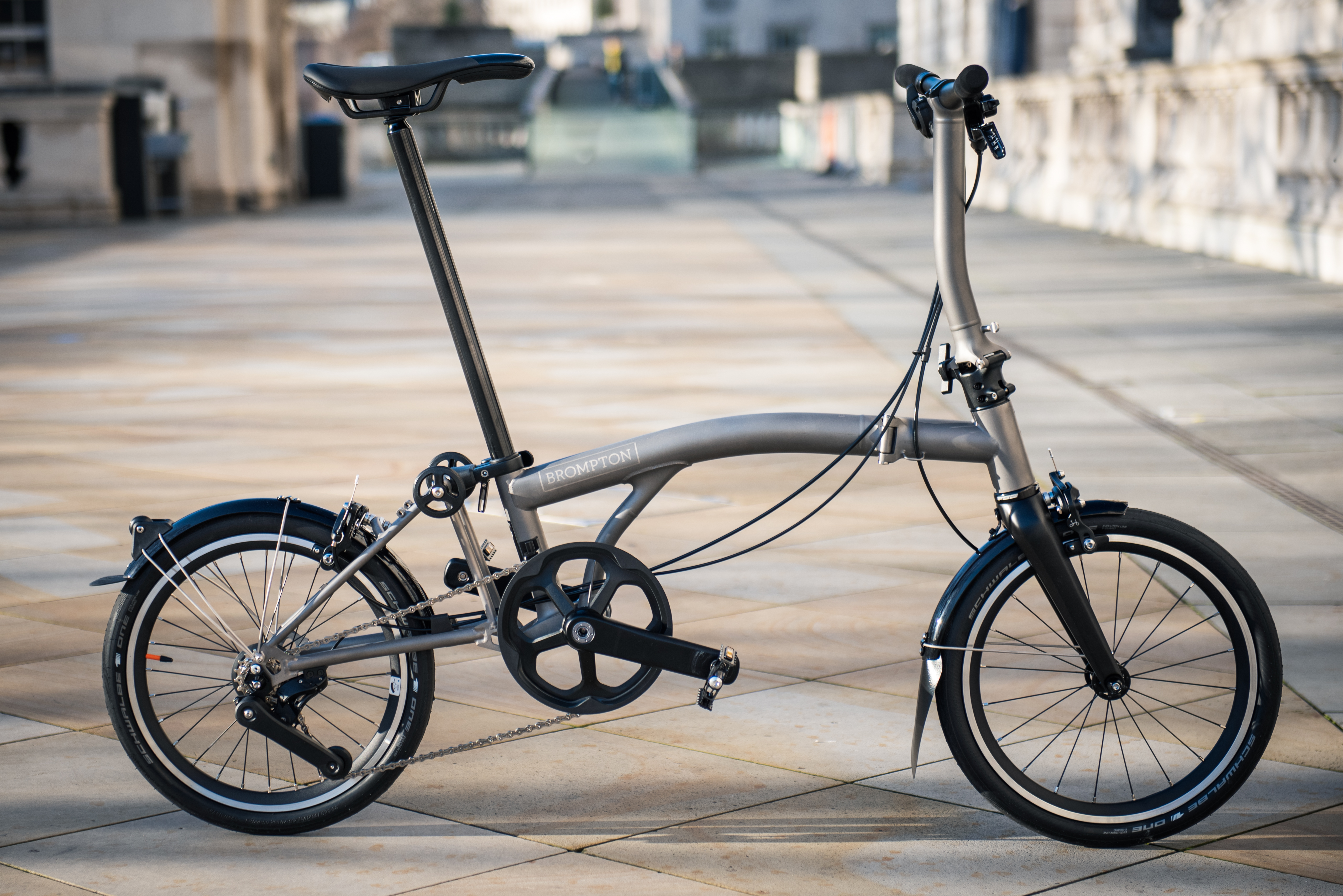
Brompton T-Line
There are very few bikes that become associated with a particular city, but for a great many people when you say 'Brompton' they think of London. Hurried looking men and women on the way to work carrying them onto an underground train, or riding through stationary traffic over Tower Bridge, the right trouser leg tucked into a colourful sock so as not to get covered in oil.
Brompton has been servicing the needs of commuters with folding bikes since 1975 and is currently the largest bicycle manufacturer in the UK. While the majority of the sales are the steel A- and C-Line models, there are also models available for those who want a bit more performance out of their commute, or even a performance bike that just happens to fold up. To that end, you'll be after an all-titanium T-Line.
The form is classic Brompton, but with the blasted raw titanium finish that so many other Ti bikes use to signal this is something a little bit special. The mainframe, rear triangle and stem are all titanium, with a carbon fork, and finishing kit matching the half titanium P-Line. There's an option with four gears and a proprietary derailleur or an even lighter single-speed model that weighs in at 7.45kg. While it's not quite bothering the UCI weight limit, it's a pretty astounding weight for a bike that aims to serve the needs of the commuter.
While famously the City of Steel, Sheffield now plays host to a dedicated factory for producing these titanium steeds, to compliment the main London factory that produces the steel models. If you fancy one of these you're going to have to shell out £3,970, or approximately $5,000.
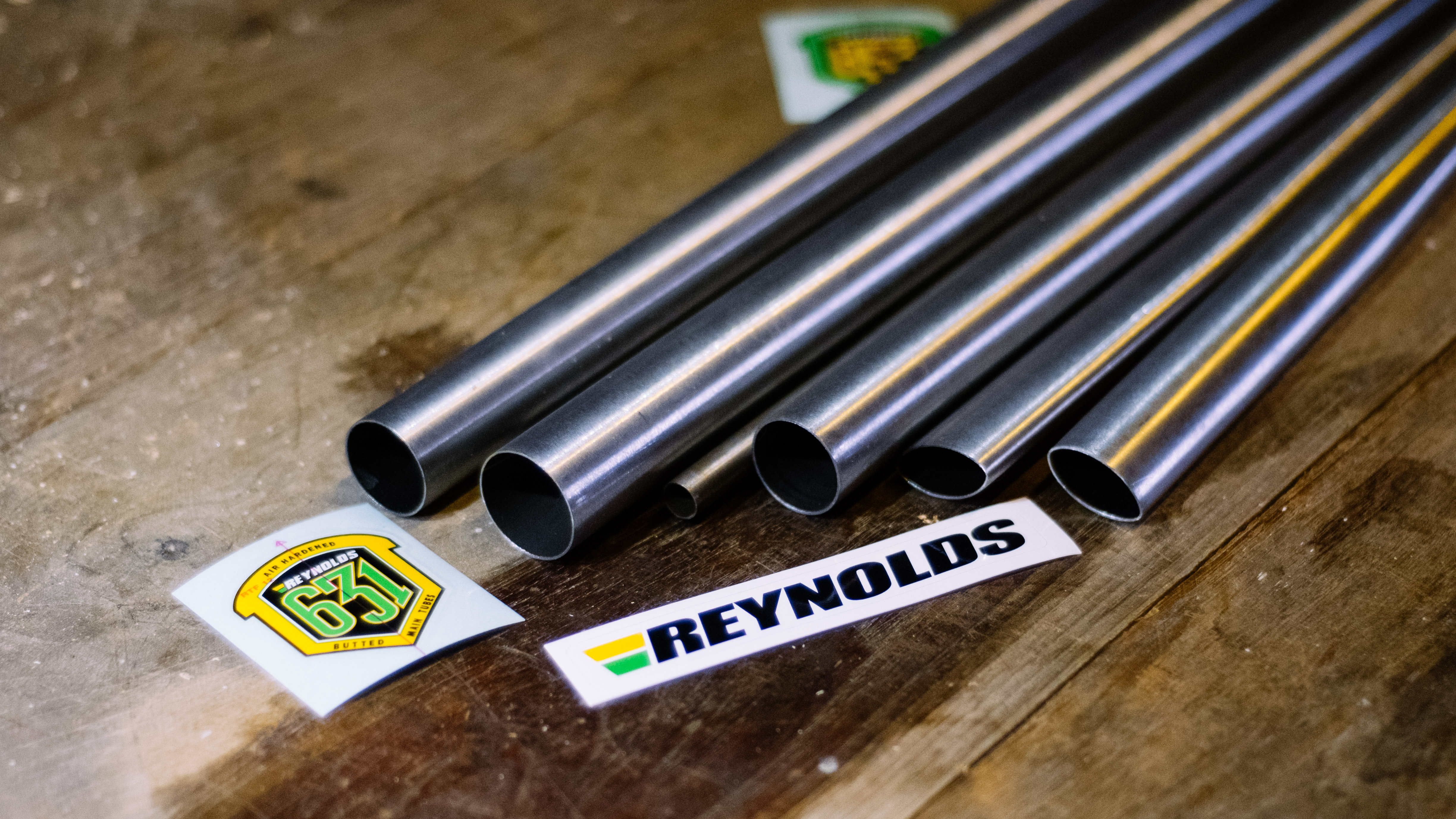
Reynolds Tubing
Britain has a long history of steel production. Depending on your point of view it's either a tragedy or a good thing that the coalfields and steelworks of the Welsh valleys are no longer in operation - As half of my family are from a welsh mining town you can imagine which side I fall on.
In 1897, Alfred Reynolds and J.T. Hewitt patented the invention of butted tubing, whereby the internal diameter at the ends of the tubes is thicker than that in the centre.
The Patent Butted Tube Company, which later became Reynolds Technology, was scaled up greatly during WWI. In the years between WWI and WWII, the company began to produce their famous 531 tubes, which would, during the second world war, be used in the production of the Supermarine Spitfire.
The 531 was the tubing that really catapulted Reynolds into the cycling space. In 1958 Charly Gaul won the Tour atop a 531 frame, and subsequently, Reynolds laid claim to a further 26 Tour de France victories. You can still get your hands on a 531 tubeset (I'm currently making an all-road fixie with it at the moment), but steel tech has moved onto stronger alloys. Stronger alloys mean you can use thinner walls, and therefore create lighter bikes. Ten options for steel tubing are now available, from 520 cro-moly all the way up to the revered, stainless 953.
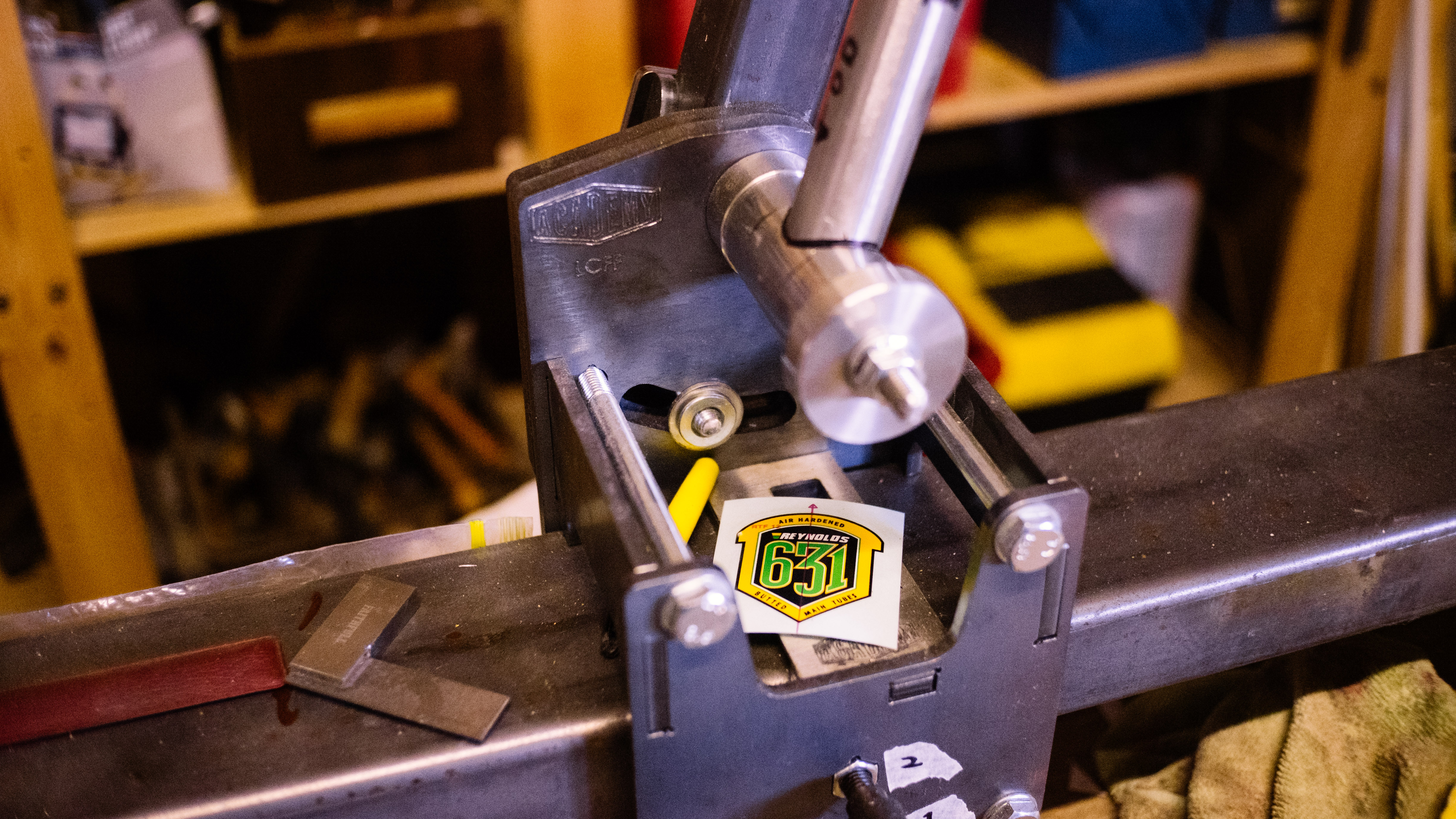
The differences in alloys, hardening processes, and butting profiles are worth an article in themselves, but suffice it to say there is a menu of steel tubing with different properties for small scale frame builders through to large scale manufacturers to choose from to tune the ride of their bikes. Many of you may think steel is an outdated material, but there has been a resurgence lately of companies opting for the ferrous option. My long term gravel test bike, a Fairlight Secan, is made of custom-butted Reynolds 853 for example.
While the steel itself may no longer be produced in Britain, having specialist manufacturing domestically to serve the needs of the cycling community at home and abroad is definitely something to be proud of.
For more information about steel, check out our article on how bikes are made, and for more about the myriad tubesets available then head over to Reynolds.
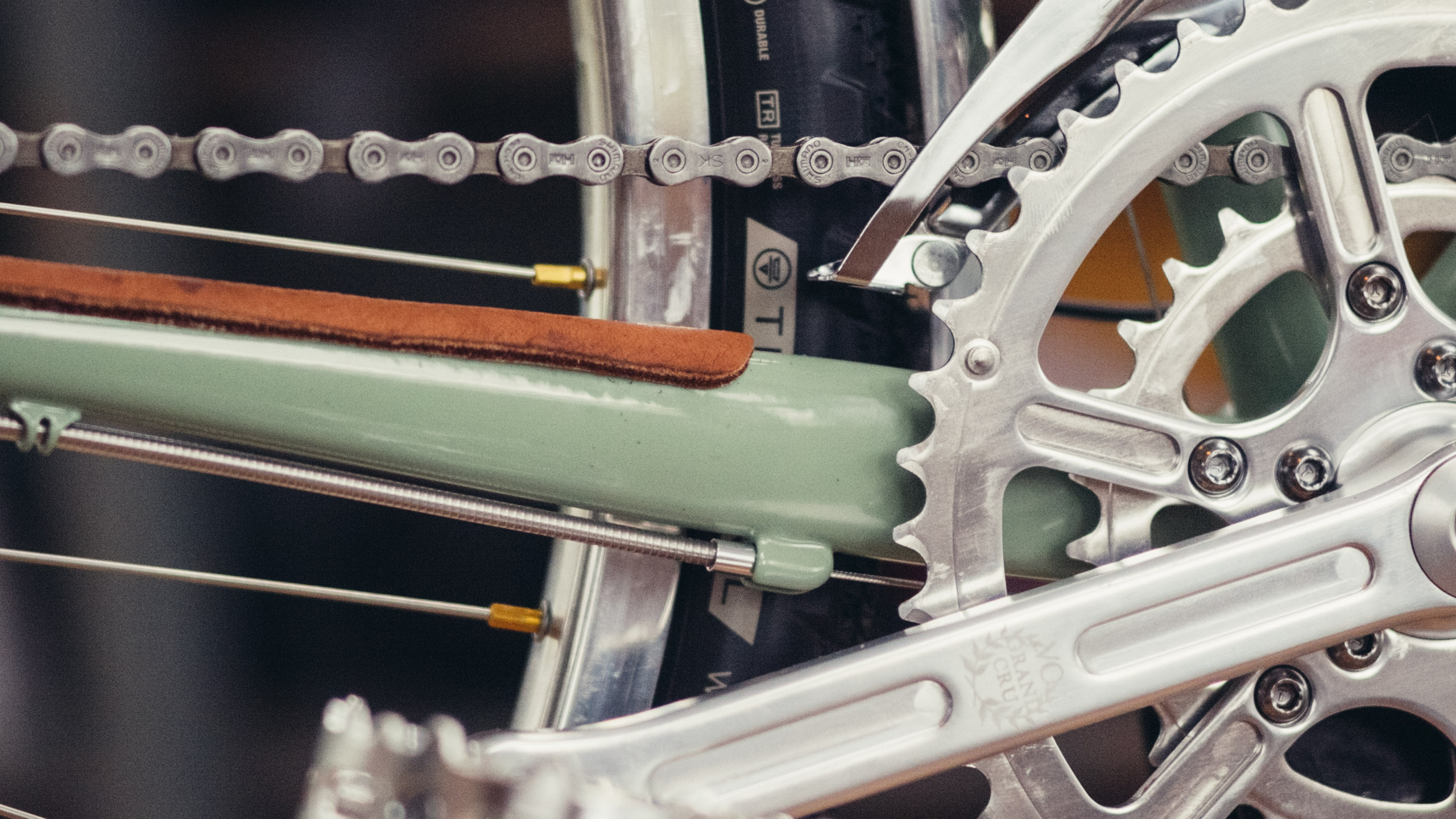
Zetland Cycles X The Bicycle Academy
As I alluded to earlier, Britain used to lead the world in bicycle manufacture. If you have a dig around you can find images of railway platforms with every square inch covered in bicycles, offloaded from trains coming from the factories. Nowadays Taiwan is the epicentre of bike production, but here in the UK there still exists a vibrant frame building scene.
Anyone who has been to either Bespoked in the UK, or NAHBS in the USA will have marvelled at what custom frame builders can do, mostly using steel. I was so curious about the world of custom bikes that I decided to learn to make my own.
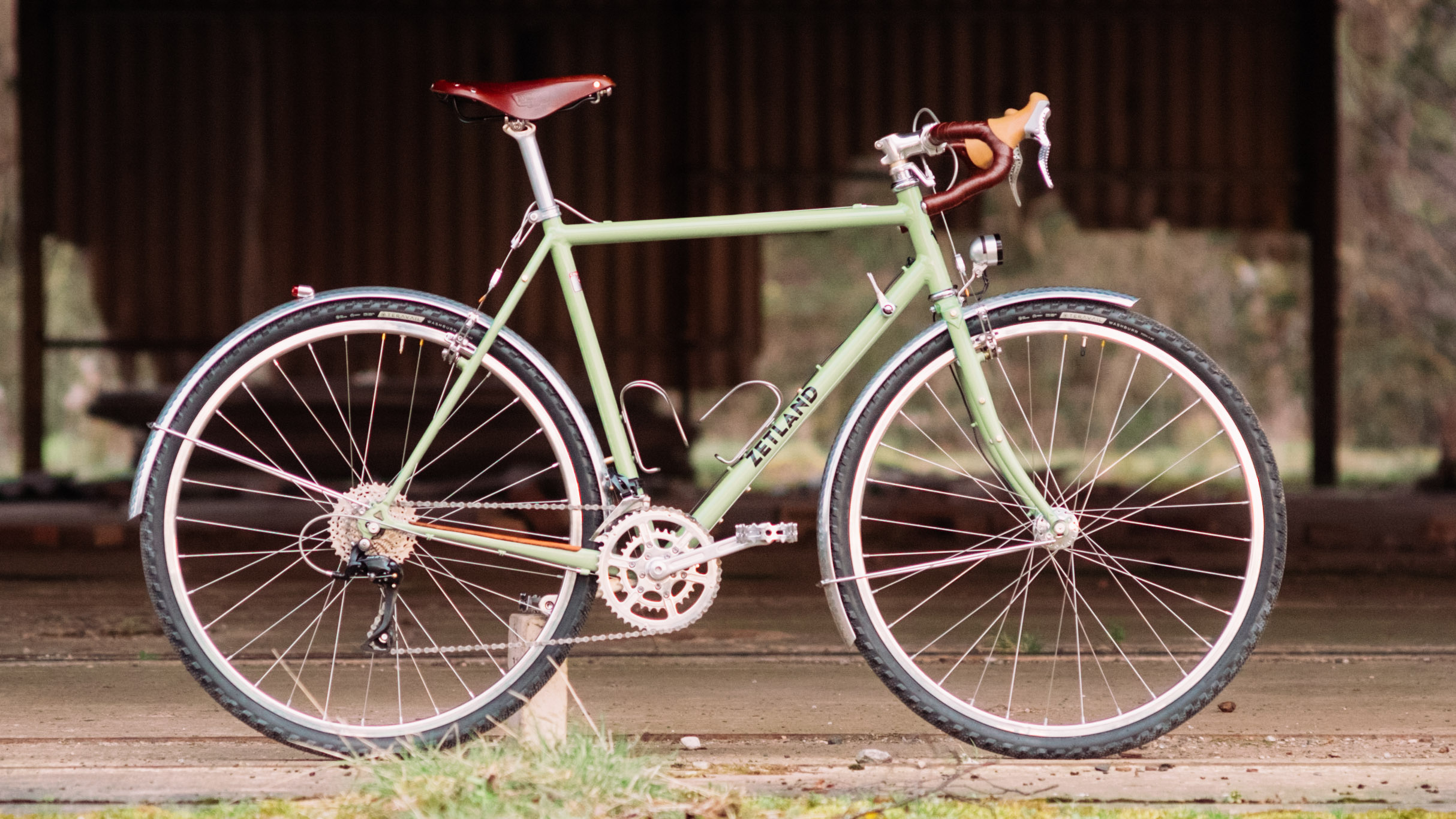
There are a handful of places across the world where one can learn frame building, and nestled down in Frome in Somerset, the UK has The Bicycle Academy. Shortly before joining the team here at Cyclingnews I spent five days there creating the frame for the bike you see here, brazed by hand using brass and oxy-acetylene. I then built it up into my dream bike after it was painted. It's certainly a throwback, but it was designed with long-distance comfort and reliability in mind, rather than out and out speed; a rapid picnic machine.
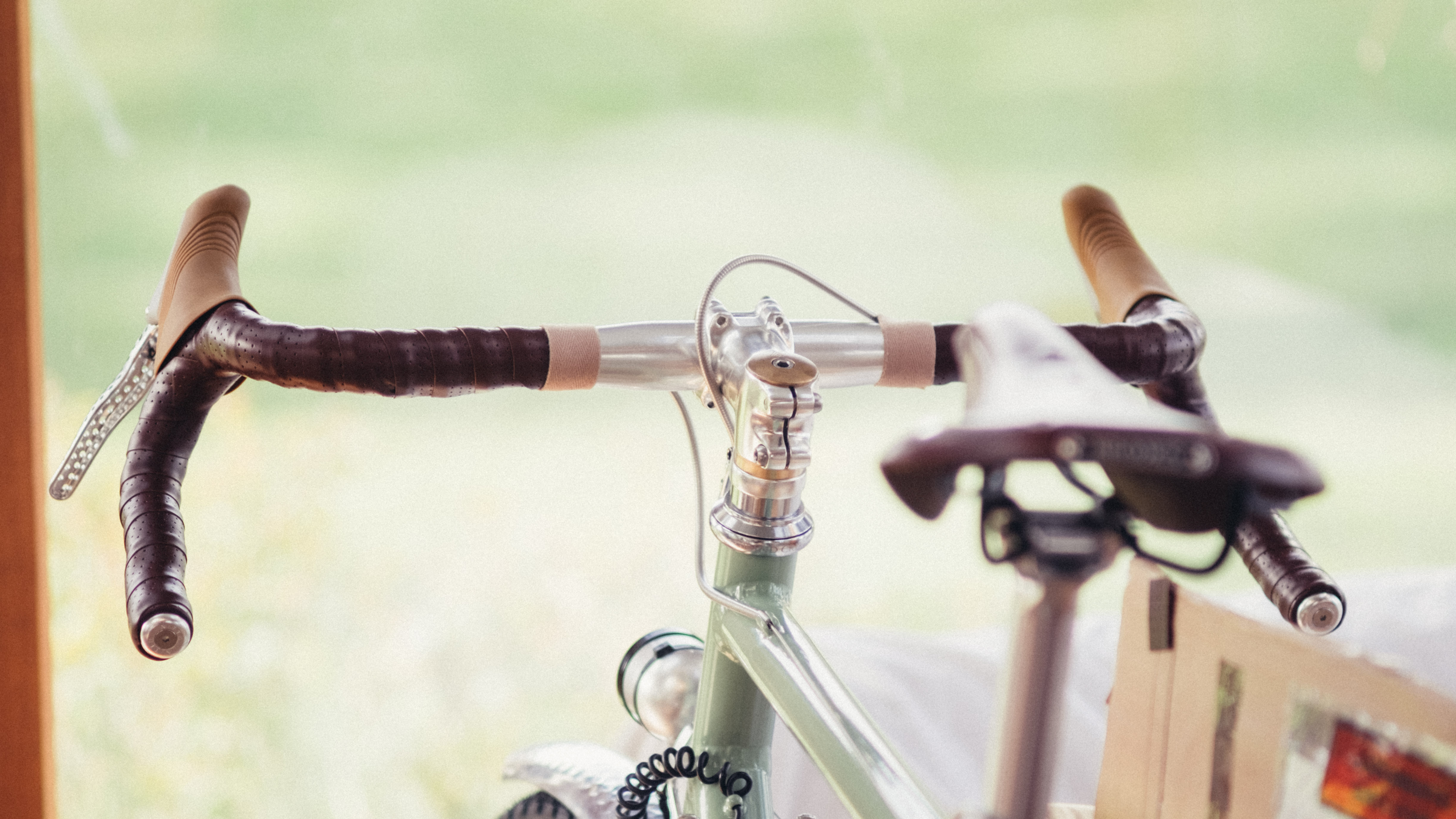
Since the course I've set myself up with a frame jig and some tools, and am currently working on my second and third frames. I'm not daft enough to claim my frames are absolute showstoppers yet (though I am extremely proud of my efforts it has to be said), but this bike serves as an illustration for the fact that we have some brilliant custom bike builders in this country, as well as somewhere to train the next generation. If you're after anything from a high-end steel race bike all the way through MTB, to utilitarian cargo bikes there will be someone relatively nearby who can make it a reality for you.
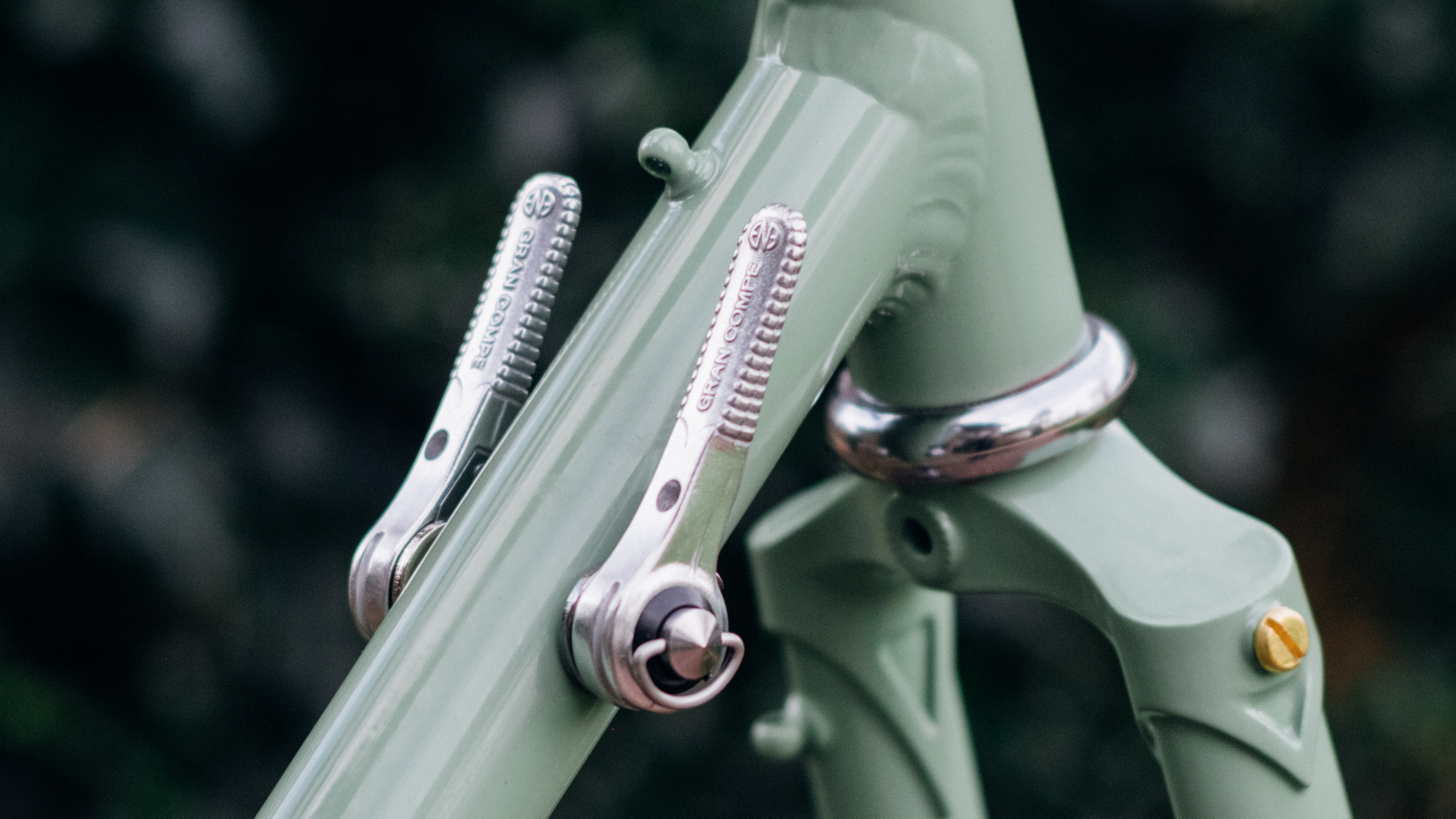
If you want to learn to make your own frames then hit up The Bicycle Academy, and if you want to go ogle some beautiful bicycles then make sure you get yourself to Bespoked this year. If you just want to watch me navigate the murky world of framebuilding though you can head to Zetland Cycles, or find me on Instagram.
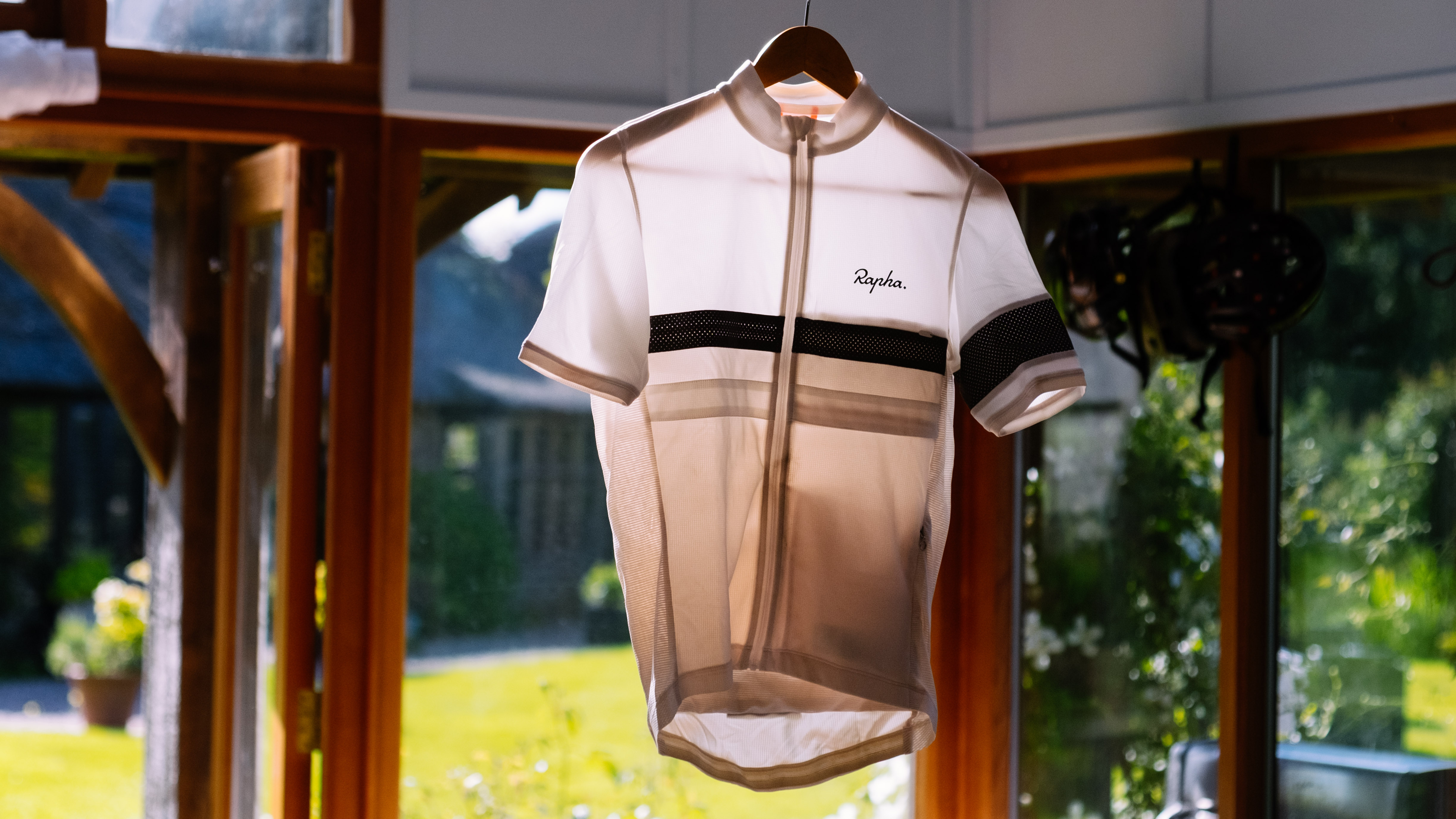
Rapha Brevet Lightweight Jersey
It's difficult sometimes to image the world of cycling clothing pre-Rapha. While it wasn't solely responsible for the shift towards premium apparel, it was almost certainly the biggest influence on our cycling wardrobes for a good number of years.
The classic jersey, minimalist in black with a simple white stripe, could be seen on Sunday club rides up and down the nation. Since then Rapha has expanded it's range massively, supplied kit to the WorldTour, and branched out into the world of MTB too. While it is no longer British owned, its initial rise and influence are certainly a British success story.
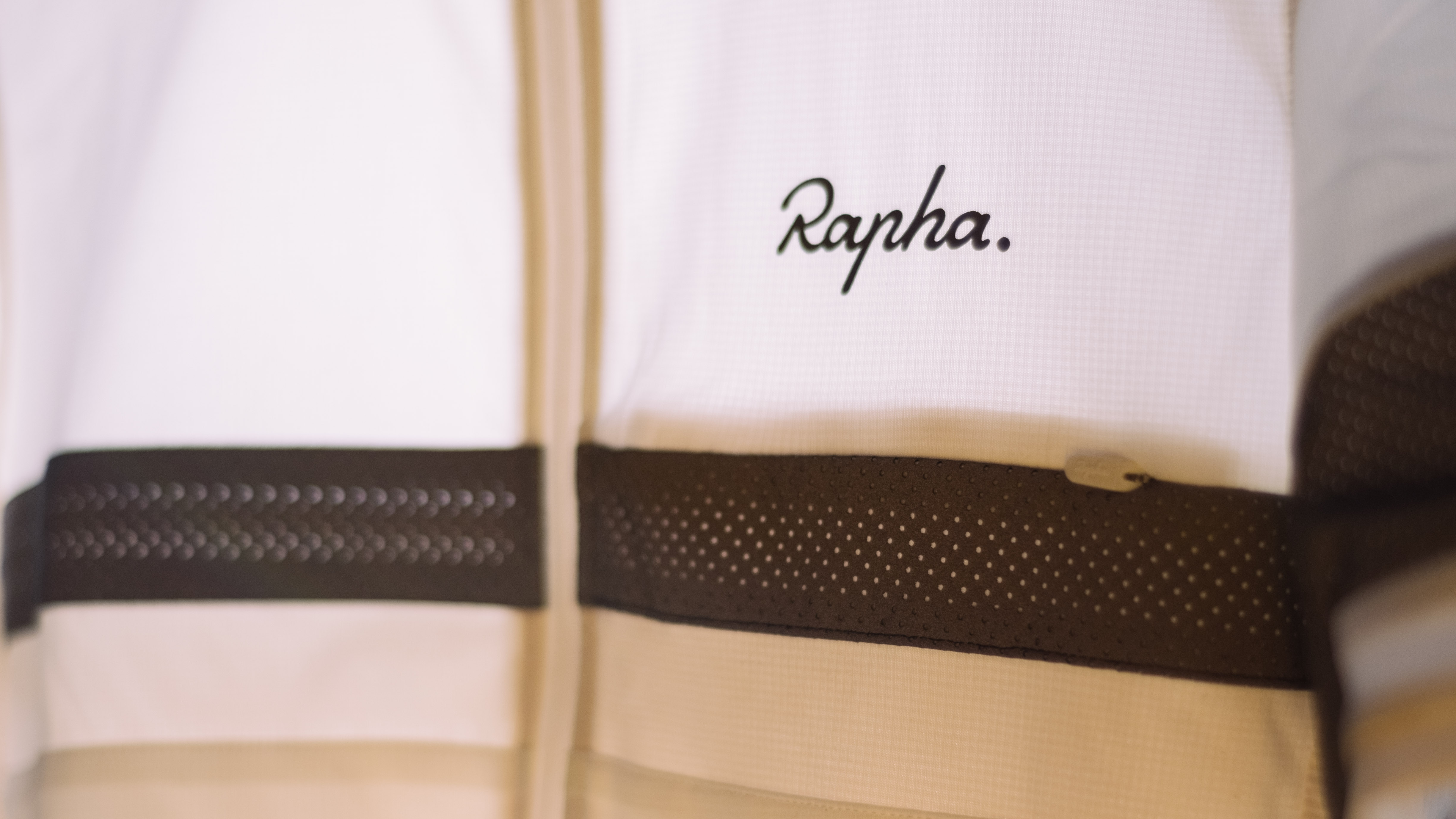
There have been some unusual products released from Rapha HQ over the years, including sliders and half a sleeping bag, but at the core, there has always been a solid range of jerseys. What we've got here is a lightweight version of the Brevet jersey.
I've spent many hundreds of miles in the original Brevet jersey over the years, and while the extra pockets and reflective detailing are brilliant on longer rides the heavier merino fabric isn't so great when the temperature climbs. This lightweight version takes the best features of the standard model, but is constructed of a much lighter fabric to add breathability in hot and humid conditions, and aid in fast drying for the now extremely fashionable multi-day bikepacking adventure.
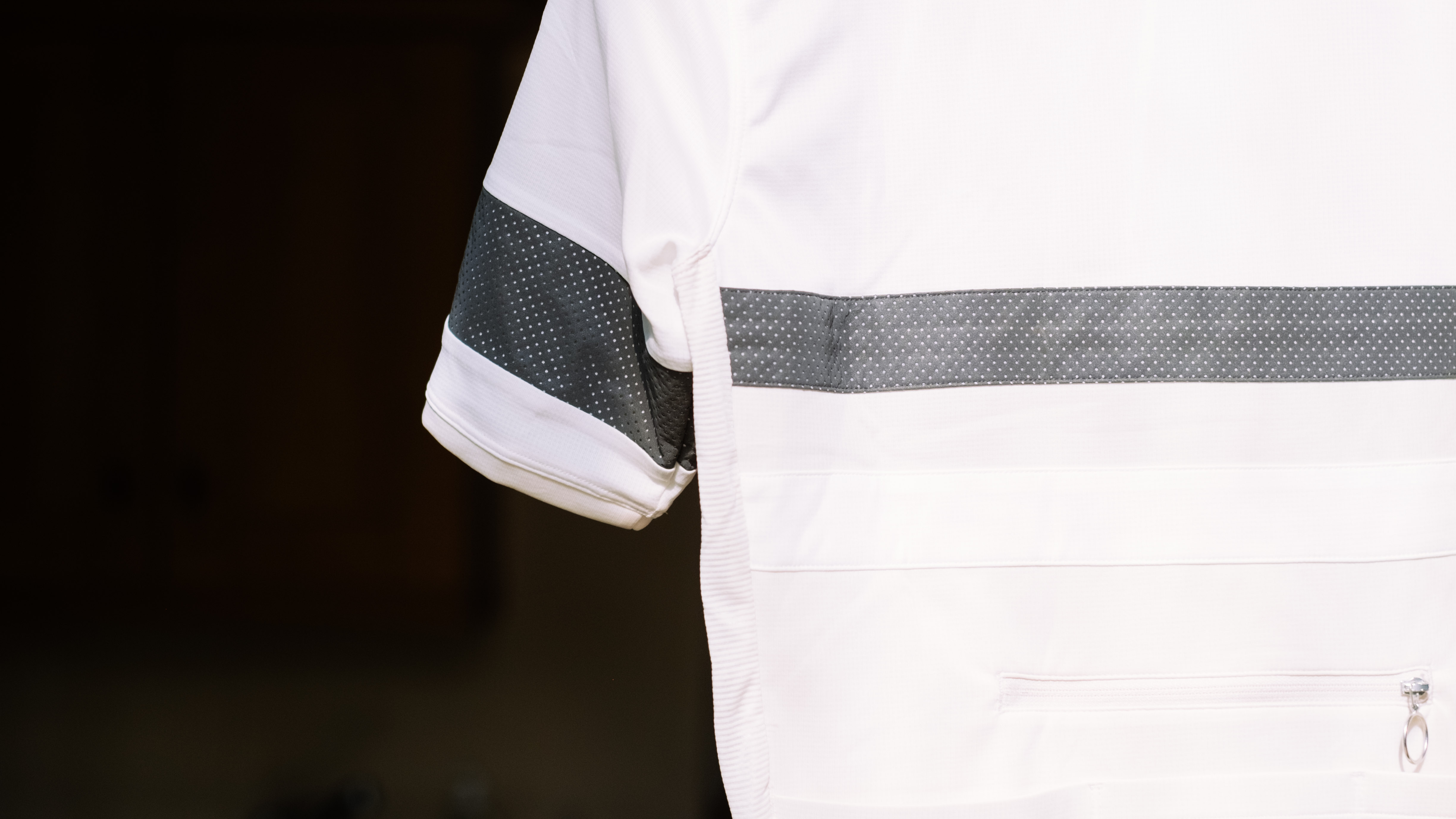
The back panel is also slightly thicker so as to protect you from the worst of the sun's rays and avoid awful bib-short-strap burn lines after a long day in the sun. Pair it with the best cargo bib shorts for maximum capacity and head off to sleep in a hedge; there are certainly worse ways to celebrate a Jubilee.
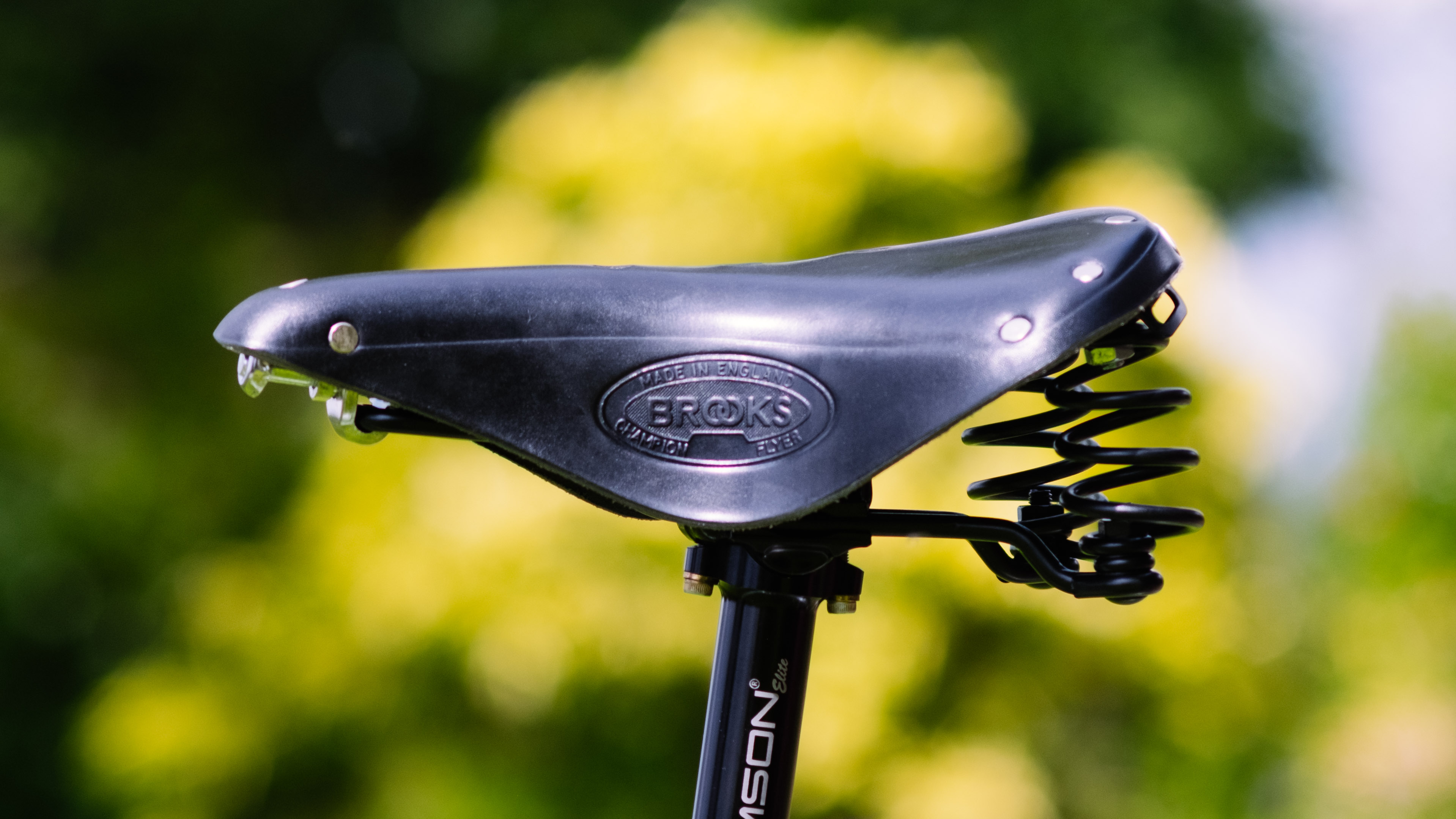
Brooks Flyer
Before there were 'leather saddles' there were just 'saddles', and Brooks has been producing them since 1866, making it the oldest outfit featured here. Compared to the other gear you've seen here, with the exception of the Reynolds tubing, the Brooks leather saddles have remained more or less unchanged in form since those early days. Rather than replacing an older model with a new one, Brooks seems to just keep producing the old models too, with more modern offerings like its Cambium range alongside the leather options.
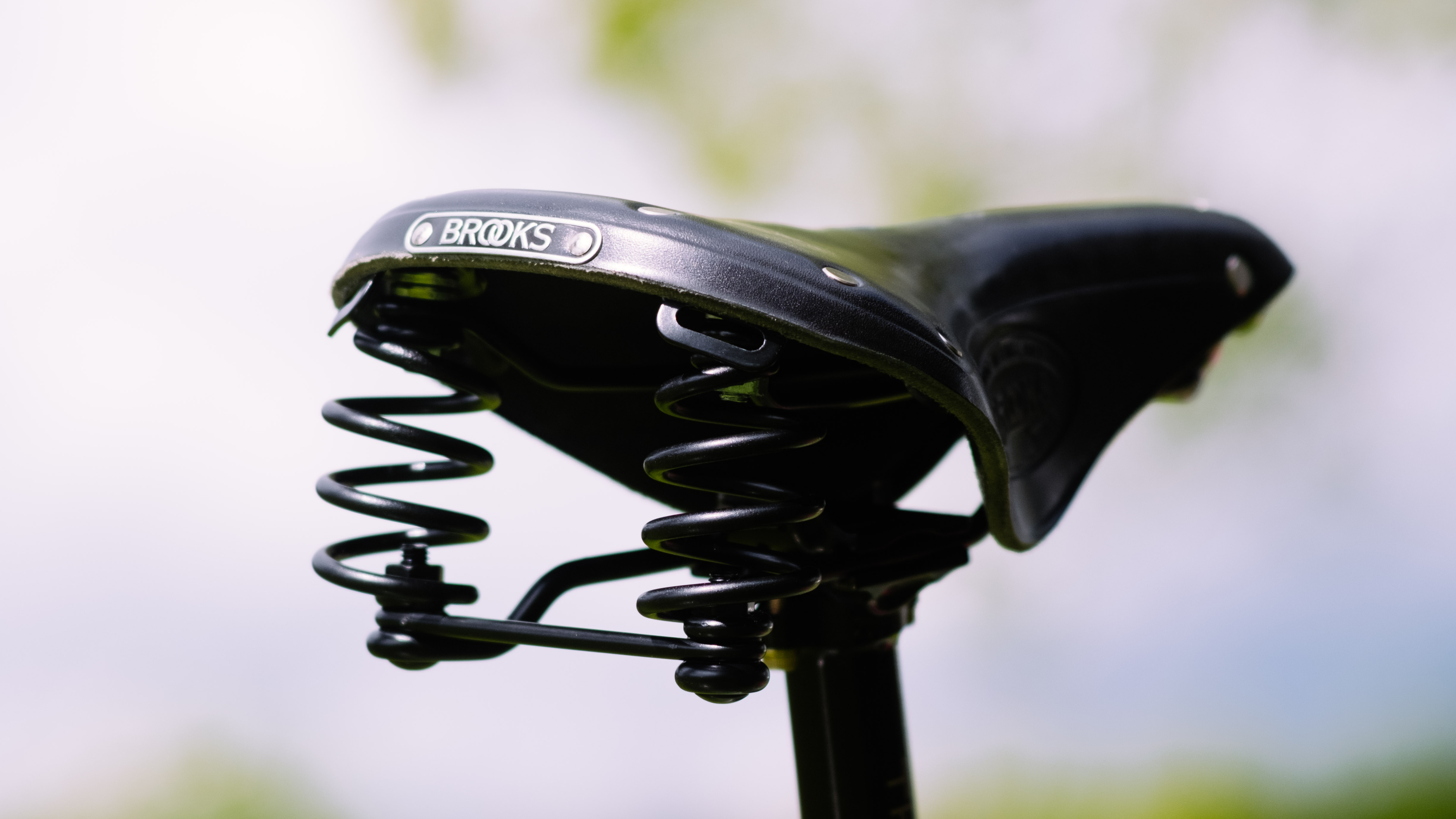
If you've not spent some time on a leather saddle it can be a daunting leap. There are tonnes of horror stories about people who found them so furiously uncomfortable they had to replace them. There are no easy tricks to breaking one in, though there are certainly plenty of suggestions online. Personally, I found one absolutely torrential ride gets the worst of it over and done with pretty quickly, but the reality is they need time and a bit of commitment. Once they've conformed to your posterior though, the comfort is sensational, so much so that I run Brooks leather saddles on three of my own bikes.
This model here is the Flyer, which takes the classic shape of the B17 (the one you all probably think of when someone says 'Brooks') and adds some sturdy springs to the rear for cushy touring comfort. The days of suspension seatposts and rear shocks were a distant dream when this was conceived, and yes, it weighs as much as you think it does.
The weight penalty is always going to be a talking point, as much as the comfort debate, but in the right context comfort trumps weight every time.

Will joined the Cyclingnews team as a reviews writer in 2022, having previously written for Cyclist, BikeRadar and Advntr. He’s tried his hand at most cycling disciplines, from the standard mix of road, gravel, and mountain bike, to the more unusual like bike polo and tracklocross. He’s made his own bike frames, covered tech news from the biggest races on the planet, and published countless premium galleries thanks to his excellent photographic eye. Also, given he doesn’t ever ride indoors he’s become a real expert on foul-weather riding gear. His collection of bikes is a real smorgasbord, with everything from vintage-style steel tourers through to superlight flat bar hill climb machines.